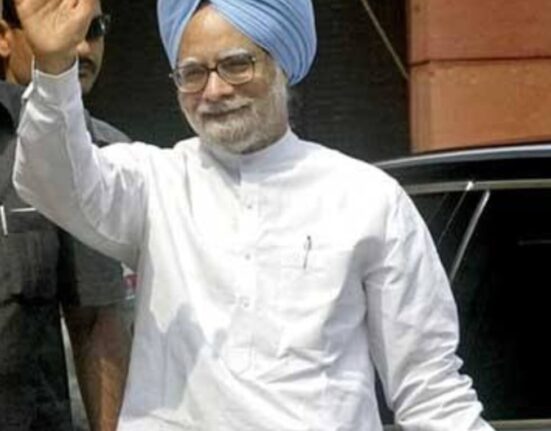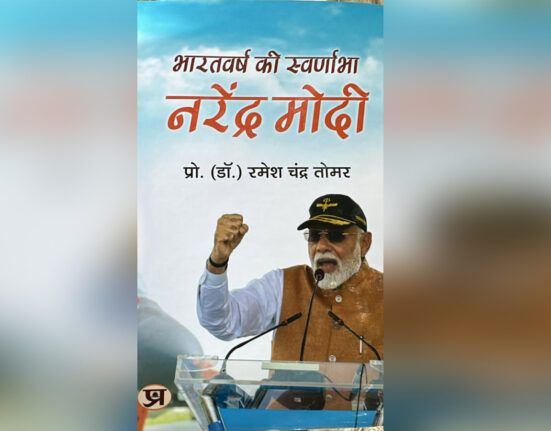Dussehra, also known as Vijayadashami, is one of the most celebrated Hindu festivals in India. Symbolizing the eternal truth that good always triumphs over evil, this festival carries profound mythological, spiritual, and cultural significance. It marks the victory of Lord Rama over the demon king Ravana, as narrated in the Ramayana, and also commemorates Goddess Durga’s triumph over Mahishasura, the buffalo demon.
Falling on the tenth day (Dashami) of the Shukla Paksha in the month of Ashwin, Dussehra also represents the grand conclusion of the nine-day Navratri festival. Every year, people across India observe the day with devotion, rituals, and colourful cultural traditions. In 2025, Dussehra will be celebrated on Thursday, October 2, coinciding with the birth anniversary of Mahatma Gandhi, making it even more significant.
Dussehra 2025: Date, Time and Auspicious Muhurat
As per Drik Panchang, the sacred timing for Dussehra rituals is as follows:
- Dashami Tithi Begins: October 1, 2025, at 7:01 PM
- Dashami Tithi Ends: October 2, 2025, at 7:10 PM
The Vijay Muhurat, the most auspicious period for performing rituals and prayers, falls on October 2 between 2:09 PM and 2:56 PM. This is believed to be the best time to worship and seek blessings for victory, prosperity, and harmony.
Additionally, the Aparahna Puja (afternoon prayer) can be performed between 1:21 PM and 3:44 PM. This period is highly recommended for devotees to conduct rituals and offer prayers.
The Shravana Nakshatra, which holds special celestial importance on Dussehra, will start at 9:13 AM on October 2 and remain till 9:34 AM on October 3. Performing rituals under this Nakshatra is said to bring long-lasting success and peace.
Rituals and Regional Traditions
Though Dussehra is celebrated across India with varied customs, its essence remains the same—the celebration of virtue, righteousness, and moral courage.
Northern India: Ramlila and Ravana Dahan
In states like Uttar Pradesh, Delhi, and Bihar, Dussehra is synonymous with Ramlila, where episodes from the life of Lord Rama are enacted in elaborate stage performances. The festivities reach their peak with the Ravana Dahan, where effigies of Ravana, Kumbhakarna, and Meghnad are set ablaze, symbolizing the destruction of arrogance, evil, and falsehood.
Southern and Western India: Ayudha Puja
In Karnataka, Tamil Nadu, and Andhra Pradesh, Dussehra is associated with Ayudha Puja—the worship of tools, instruments, books, and vehicles. This tradition honours knowledge, labour, and livelihood. Devotees clean and decorate their tools of work and offer prayers, acknowledging the dignity of labour and the divine blessings that empower human effort.
Maharashtra and Karnataka: Shami Puja
In regions of Maharashtra and Karnataka, the festival is marked by Shami Puja, which recalls the episode of the Mahabharata where the Pandavas retrieved their weapons hidden in a Shami tree before their victory over the Kauravas. The Shami tree is thus worshipped as a symbol of strength, righteousness, and victory.
Eastern India: Durga Visarjan
In West Bengal, Assam, Odisha, and other eastern states, Dussehra coincides with the grand culmination of Durga Puja. Devotees bid farewell to Goddess Durga with idol immersion ceremonies (Visarjan) in rivers and water bodies, marking her return to her celestial abode. The farewell, though emotional, celebrates the victory of divine power over evil forces.
Spiritual and Cultural Significance
Beyond the rituals, Dussehra carries deep philosophical meaning. It serves as a reminder that no matter how strong evil appears, truth, virtue, and righteousness eventually prevail. The festival inspires people to:
- Defeat inner negativity such as anger, greed, ego, and hatred.
- Embrace dharma (righteousness) in daily life.
- Celebrate cultural unity, as diverse traditions across India converge on the same spiritual message.
Dussehra also emphasizes family bonds and community spirit. From large public gatherings for Ramlila to household Ayudha Puja rituals, the festival unites people in devotion and joy.
Dussehra 2025, falling on October 2, is not only a festival of religious and cultural importance but also a day for spiritual reflection and personal renewal. The rituals performed during the auspicious Vijay Muhurat and Aparahna Puja are believed to bring prosperity, courage, and peace.
As effigies burn, prayers rise, and families come together, Dussehra reminds us that the essence of life lies in overcoming challenges with faith, righteousness, and moral strength. It is more than a festival—it is a celebration of victory, resilience, and the eternal power of good over evil.














Leave feedback about this